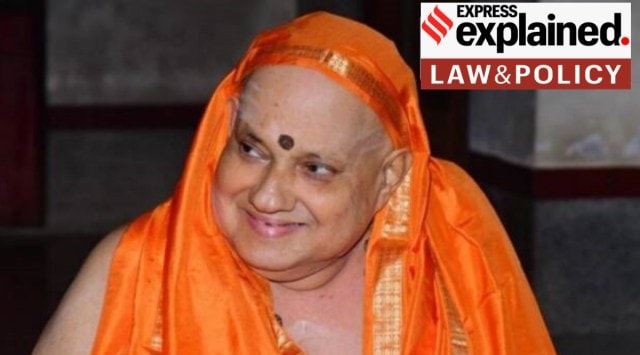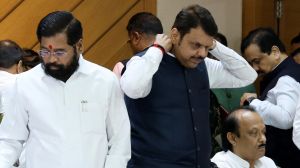Over the decades, the basic structure doctrine has been criticised repeatedly — for diluting the principle of separation of powers and undermining the sovereignty of Parliament, and as a vague and subjective form of judicial review.

A scrutiny of the application of the doctrine over the past half century reveals a telling pattern: although the highest court has invoked “basic structure” sparingly, it has mostly struck down amendments where judicial powers have been curtailed. Consider:
• Since 1973, the year of the Kesavananda Bharati judgment, the Constitution has been amended more than 60 times. In these five decades, the Supreme Court has tested constitutional amendments against the doctrine of basic structure in at least 16 cases.
• In nine of these 16 cases, the Supreme Court has upheld constitutional amendments that had been challenged on grounds of violation of the basic structure doctrine. Six of these cases relate to reservations — including the quota for Other Backward Classes (OBC) and Economically Weaker Section (EWS), and reservations in promotions.
• The Supreme Court has struck down a constitutional amendment entirely just once — The Constitution (Ninety-ninth Amendment) Act, 2014, which established the National Judicial Appointments Commission (NJAC), the body that would have been responsible for the appointment and transfer of judges, replacing the current Collegium system. The amendment was struck down by a five-judge Constitution Bench in 2015 on the grounds that it threatened “judicial independence”, which the court ruled was a basic feature of the Constitution.
• In six instances since 1973, including the Kesavananda ruling itself, the Supreme Court has “partially struck down” a constitutional amendment. In all these cases, the provision that was struck down related to the denial of judicial review.

Story continues below this ad
Just one of these six rulings involve an amendment that was not made during the Indira Gandhi era — in Kihoto Hollohan, which dealt with the Tenth Schedule.
Kihoto Hollohan vs Zachillhu And Others (1992): The Supreme Court upheld The Constitution (Fifty-second Amendment) Act that introduced the Tenth Schedule or the so-called “anti-defection law” in the Constitution. The only portion of the amendment that was struck down was the one that stated that the decisions of the Speaker relating to disqualification cannot be judicially reviewed.
In 2021, a three-judge Bench of the court struck down a portion of The Constitution (Ninety-seventh Amendment) Act, 2011, but on procedural — not basic structure — grounds. The amendment changed the legal regime for cooperative societies, and the court ruled that cooperative societies within a state, as opposed to inter-state, would fall under the State List, which means that a constitutional amendment relating to it must be ratified by half the states as prescribed in the Constitution. (Union of India vs Rajendra N Shah, 2021)
Kesavananda Bharati Sripadagalvaru and Ors vs State of Kerala and Anr (1973): While the court upheld the land ceiling laws that were challenged, it struck down a portion of the 25th Amendment (1972) which stated that “if any law is passed to give effect to the Directive Principles” it cannot “be deemed to be void on the ground that it takes away or abridges any of the rights contained in Article 14, 19 or 31”.
Story continues below this ad
Indira Gandhi v Raj Narain (1975): The SC applied the principle laid down in the Kesavananda ruling for the first time in this case. It struck down The Constitution (Thirty-ninth Amendment) Act, 1975, which barred the Supreme Court from hearing a challenge to the election of President, Prime Minister, Vice-President, and Speaker of Lok Sabha.
Minerva Mills Ltd vs Union Of India (1980): The SC struck down a clause inserted in Article 368 (which gives the power and lays down the procedure to amend the Constitution), which said “there shall be no limitation whatever on the constituent power of Parliament to amend by way of addition, variation or repeal the provisions of this Constitution.”
P Sambamurthy v State of Andhra Pradesh (1986): The SC struck down a portion of the 32nd Amendment (1973), which constituted an Administrative Tribunal for Andhra Pradesh for service matters, taking away the jurisdiction of the High Court.
L Chandra Kumar v Union of India (1997): The top court struck down a portion of the 42nd Amendment, which set up administrative tribunals excluding judicial review by High Courts.










































